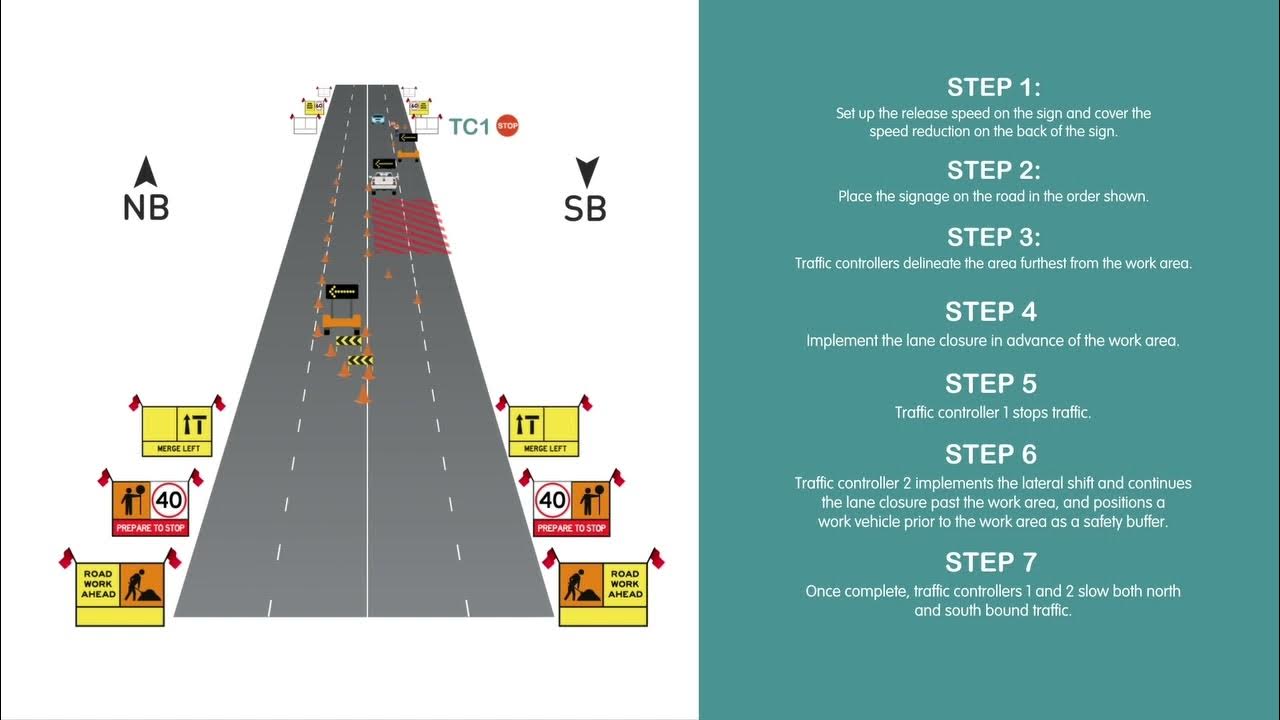Delirium in elderly patient
Summary
TLDRThis script outlines an elder-friendly hospital design to mitigate delirium, emphasizing clear signage and self-care facilities. It details a nurse's approach to comforting a delusional patient, focusing on reassurance and avoiding confrontation with delusions. The script also discusses strategies to prevent tube removal, such as avoiding catheters and promoting mobility for better circulation and orientation, concluding with the importance of hydration and patient care.
Takeaways
- 🏥 Elder-friendly hospital design can reduce delirium by implementing simple changes such as large, easy-to-read room numbers and strategies to help patients navigate with less confusion.
- 🪞 Bathroom mirrors placed low enough for wheelchair users to see themselves encourage self-care and independence among elderly patients.
- 📅 Providing newspapers, calendars, and clocks in the hospital environment helps with patient orientation and engagement in daily life.
- 👋 Introducing oneself and reminding the patient of previous interactions can be reassuring for a nurse dealing with a delusional patient.
- 🌀 The most important aspect of calming a delusional patient is to be reassuring and calming, avoiding arguments with their delusions.
- 🍽️ Providing a restful environment with minimal distractions and assisting with feeding if necessary is part of caring for a delirious patient.
- 🛏️ Positioning the patient on the side of the bed can be a part of the care routine, especially when they have forgotten how to perform certain tasks.
- 🐍 Not arguing with a patient's delusions, such as the belief of a snake on the bed, and ensuring their safety is a key approach in care.
- 🩺 Avoiding the use of Foley catheters and instead using in-and-out catheters or commodes to prevent urinary tract infections and promote patient mobility.
- 🚶♂️ Encouraging patients to get up and move helps with circulation, oxygenation of the brain, and maintaining orientation.
- 💉 Using an infuser plug for intravenous lines can prevent the loss of the infusion site if the patient removes the tubing, ensuring continued hydration and medication administration.
- 🍎 Offering fluids like apple juice can be part of the hydration strategy to help clear an IV line and maintain patient comfort.
Q & A
What is the primary goal of designing an elder-friendly hospital environment?
-The primary goal is to reduce and prevent delirium among elderly patients.
What are some simple changes that can be made to make a hospital environment elder-friendly?
-Some changes include large, easy-to-read room numbers, strategies to help patients find their way with less confusion, and bathroom mirrors low enough to be seen from a wheelchair.
Why are newspapers, calendars, and clocks important in an elder-friendly hospital setting?
-They help with patient orientation and engagement in daily life, which can reduce confusion and delirium.
How does a nurse establish a connection with a patient like Gord in the script?
-The nurse introduces herself, mentions her role, and acknowledges that she has been looking after the patient all morning.
What is the most important thing a nurse should do when dealing with a delusional patient?
-The nurse should be reassuring and calming to the patient.
Why is it important not to argue with a delusional patient's beliefs, such as the presence of a snake on the bed?
-Arguing can increase the patient's distress; instead, the focus should be on keeping the patient safe and reassuring them.
What is the significance of providing a restful environment with minimal distractions for a patient?
-A calm environment helps reduce the patient's confusion and agitation, which can be particularly beneficial for those with delirium.
Why might a patient need to be fed during lunchtime in the hospital?
-The patient may have temporarily forgotten how to eat due to delirium or other cognitive impairments.
What strategies are used to prevent elderly patients from pulling out their tubes when they become delirious?
-Strategies include avoiding the use of Foley catheters, using in-and-out catheters if necessary, and encouraging the patient to use a commode to maintain normal functions.
How does getting up and down from bed help patients in an elder-friendly hospital setting?
-It helps with circulation, provides oxygen to the brain, and keeps the patient oriented, which can prevent delirium and promote recovery.
Why is it important to keep patients hydrated in the hospital, and how can it help with IV management?
-Hydration is crucial for overall health and can help eliminate the need for an IV by ensuring the patient's body functions properly, reducing the risk of complications.
Outlines

This section is available to paid users only. Please upgrade to access this part.
Upgrade NowMindmap

This section is available to paid users only. Please upgrade to access this part.
Upgrade NowKeywords

This section is available to paid users only. Please upgrade to access this part.
Upgrade NowHighlights

This section is available to paid users only. Please upgrade to access this part.
Upgrade NowTranscripts

This section is available to paid users only. Please upgrade to access this part.
Upgrade NowBrowse More Related Video

ROLEPLAY ORIENTASI PASIEN BARU Kelompok 4

Rujukan Pasien nggak pakai lama!!! Menggunakan Aplikasi SISRUTE

How to Setup a Worksite in Live Traffic

Nuria Piera nos presenta el reportaje: “El Estado del Hospital Psiquiátrico Padre Billini”

Belajar bahasa Inggris kesehatan: greet your patient & explain facilities

Pembelajaran K3 dari Kecelakaan Fatal di Jalan Hauling Pertambangan
5.0 / 5 (0 votes)